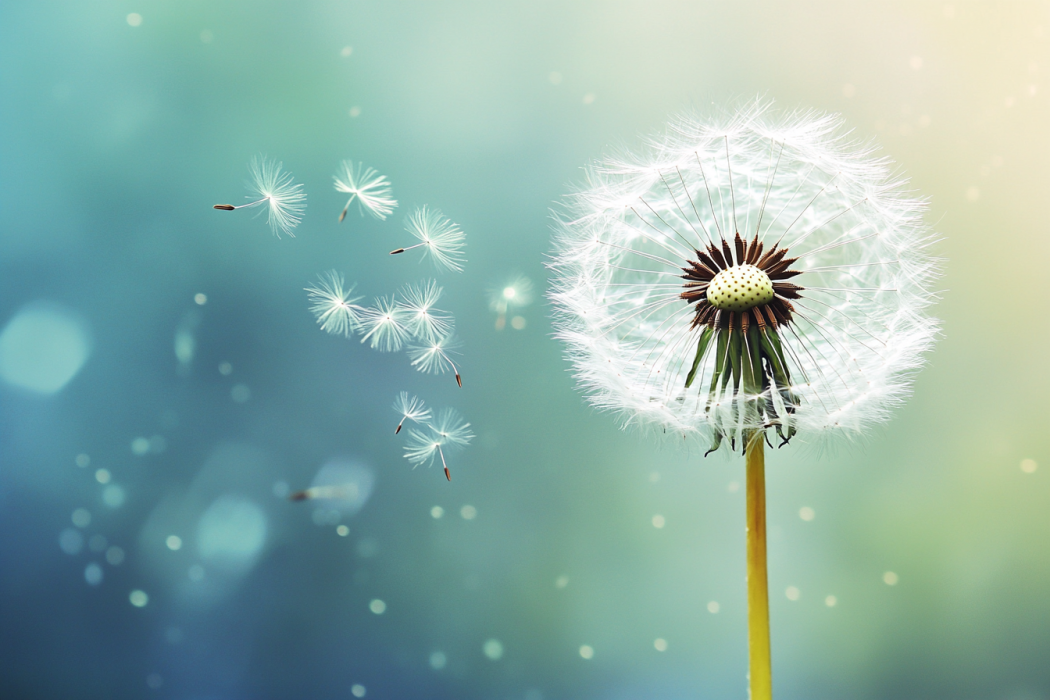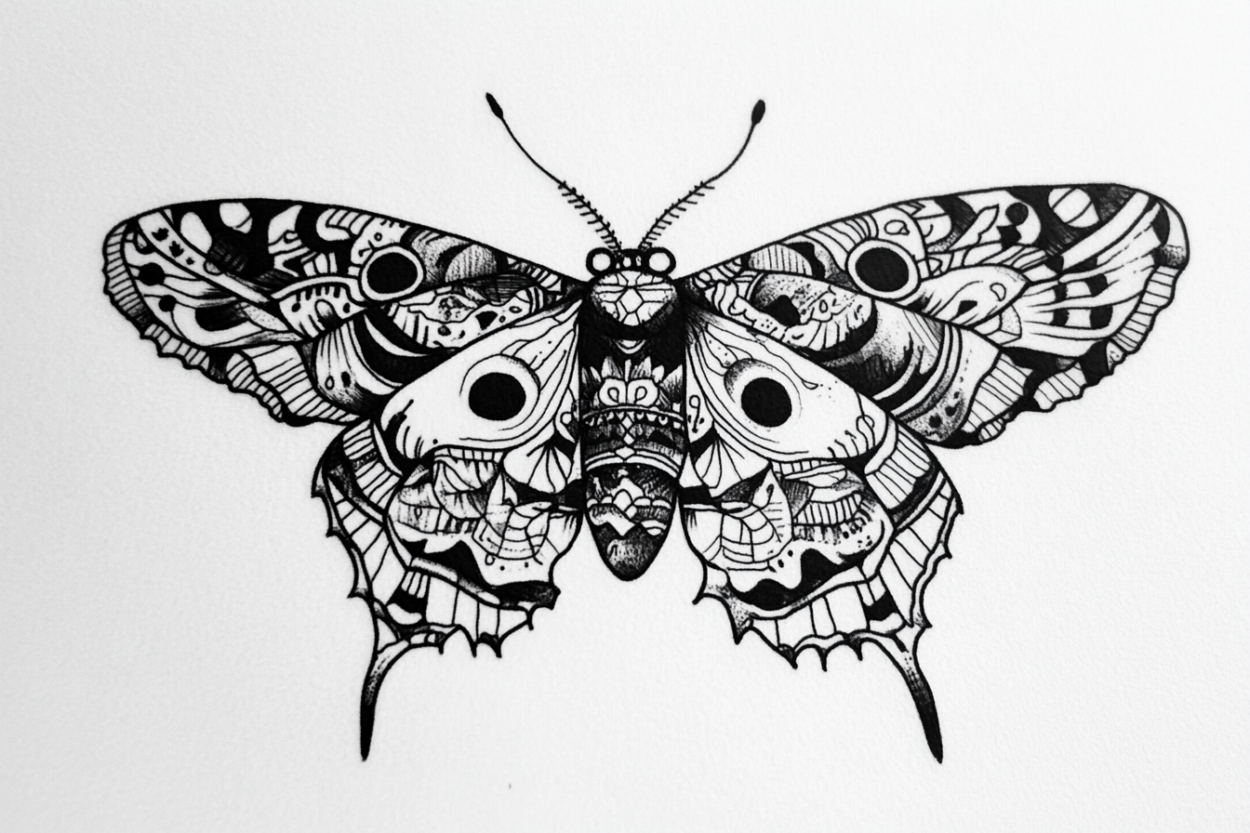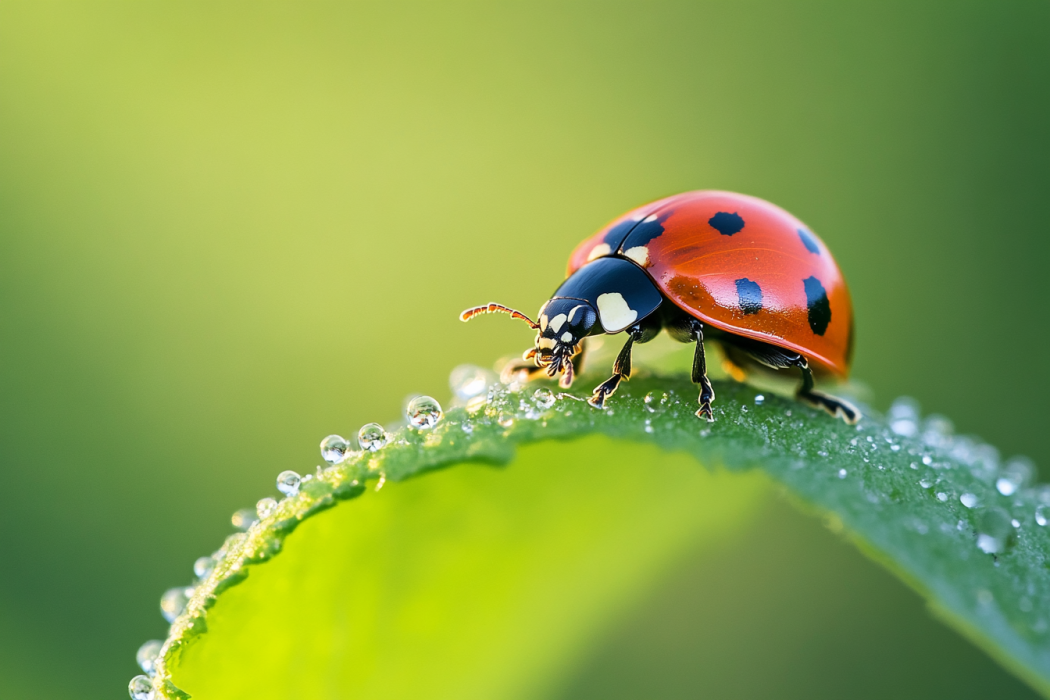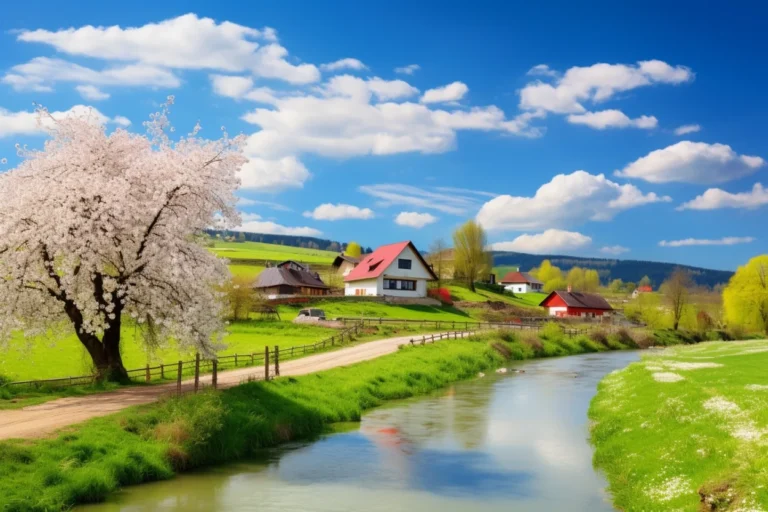Dandelion Symbolism Across Cultures and History
Dandelions are the rebels of the plant world. They grow where they please, thriving in cracks and forgotten corners, refusing to be tamed. They’re the flowers of childhood wishes, whispered dreams, and soft goodbyes.
Across cultures, dandelions carry many beautiful meanings. Let’s learn more about this fascinating seed!
Dandelion Symbolism and Meaning

Dandelions have many meanings:
- Resilience & Strength – They can grow anywhere and thrive even in adversity.
- Wishes & Dreams – As you blow the dandelion seeds into the wind, you are send a wish into the universe.
- Letting Go & Transformation – Dandelions trust the wind, releasing what’s not meant to stay.
- Hope & Renewal – Dandelions remind us that even the smallest and most mundane things hold beauty and magic in them.
- Connection & Messages – They carry love, prayers, and whispers to the unseen.
- Healing & Nourishment – Dandelion is a sacred plant used in medicine and rituals for centuries.
- Freedom & Wild Spirit – Although fragile and tiny, these seeds refuse to be tamed. They always reach for the sun.
Dandelion truly is a tiny flower with a mighty soul. 💛
Dandelion Symbolism Around The World

1. Celtic Mythology
In Celtic traditions, dandelions were linked to the sun, embodying warmth, life, and prosperity. Their golden blooms were thought to hold solar energy, and their deep roots symbolized endurance. Druids used them for divination. They believe that their movement in the wind carried messages from the spirit world.
Dandelions also had ties to fairies—some legends say that fairies drank their nectar, and their seeds were used as tiny fairy transport. In Brittany, they were gathered at Midsummer, possibly in honor of the Gaulish solar god Belenos.
☀ Read More: Sun Symbolism Across Cultures
2. Slavic & Baltic Traditions
In Lithuanian and Latvian traditions, dandelions were linked to Žemyna (Zemes-mãte), the Earth Mother. These cultures honored the earth with rituals before planting, offering beer and fire to awaken her after winter. The first thunderstorm of spring, brought by Perkūnas (the thunder god), was seen as a sign that planting could begin.
🌸 Read More: Spring Symbolism and Meaning
3. Japanese Folklore
The tanpopo (dandelion) in Japan is a symbol of resilience, courage, and adaptability. Despite its delicate appearance, the dandelion flourishes in unlikely places.
A Japanese folk tale tells of a dandelion that loved the wind. The wind would visit and gently move its petals, but one day, it blew too hard, scattering the dandelion’s seeds far away. Though separated, the dandelion’s presence remained, symbolizing the endurance of love and memory despite distance.

Dandelions are also widely used in Japanese cuisine. They are eaten in tempura, ohitashi (boiled dandelion leaves with soy sauce), and kinpira (stir-fried dandelion roots with sesame oil). Their medicinal properties, particularly in liver health and stress relief, have been recognized for centuries.
4. Native American Traditions
Dandelions were used in traditional medicine for detoxification, digestive health, and healing wounds. Some believed that blowing dandelion seeds sent messages to ancestors, much like prayers carried by the wind.
Dandelions challenge Western notions of “weeds,” reinforcing Indigenous perspectives of food sovereignty and sustainable living. They are not invasive nuisances but valuable resources—both nutritionally and spiritually.







